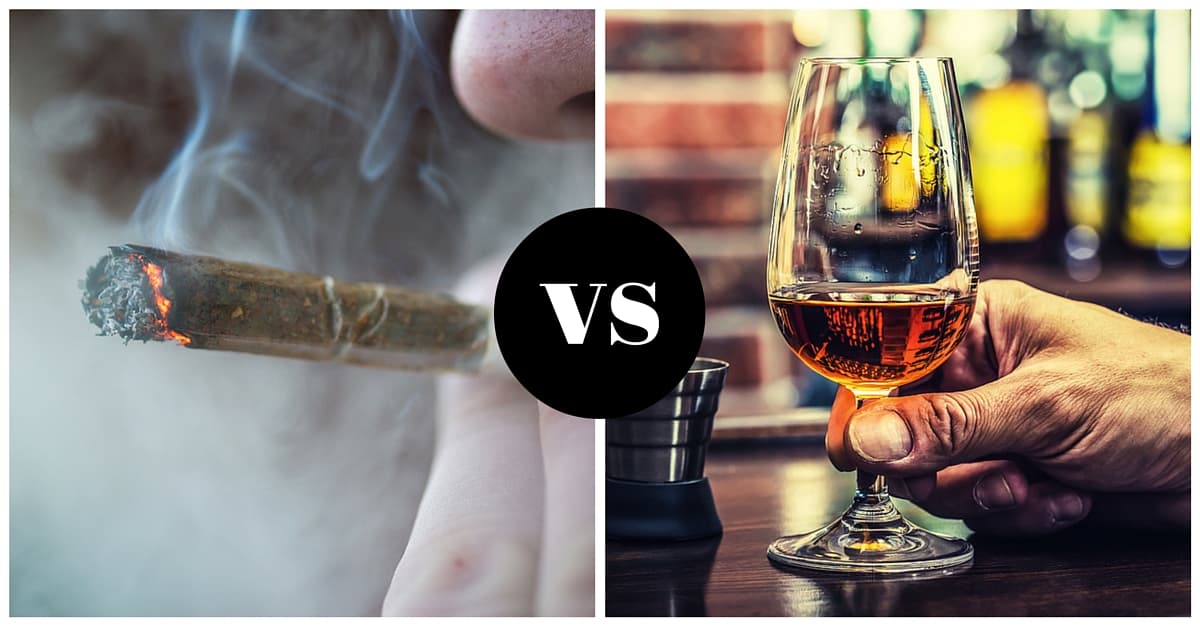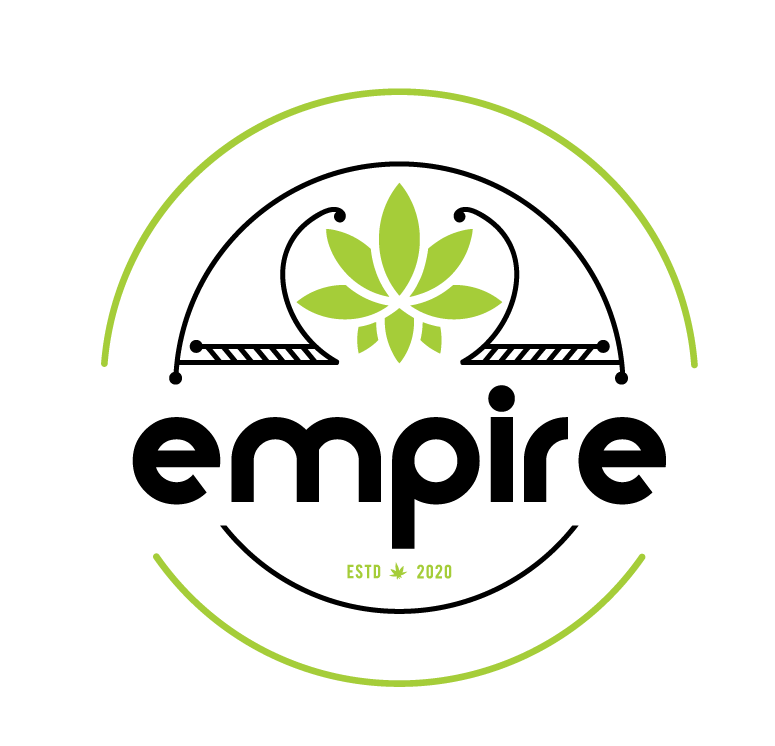Cannabis vs Alcohol

Few substances divide public opinion more than cannabis and alcohol. Both have faced total prohibition, both can influence the way we think and feel, and both have defined entire subcultures. However, is one superior to the other, and, despite widespread use of alcohol, could cannabis prove a healthier alternative? Keep reading to find out.
Many of us don’t think twice about having a cold beer or a glass of wine after a long day of work. But as public opinion shifts and regulations change, it seems that alcohol is slowly being replaced with freshly rolled joints. So, what is it about cannabis that seems to be attracting more and more people?
According to data from a YouGov poll, safety appears to be a significant concern. In fact, the majority of Americans think that regular alcohol and tobacco consumption is more harmful to health than marijuana. But is there more to it than that? Join us as we take a deep dive into the world of alcohol and cannabis use, and see if we really are heading for a green revolution.
When trying to discern if one substance is better than another, we need to break down their primary factors. How do they affect health, what do they cost, and which one is more socially acceptable than the other? But when it comes to distinct substances like alcohol and weed, is it even possible to compare the two? While one is widely accepted (and generally encouraged) the world over, the other faces an uphill battle, with many countries still totally against recreational marijuana use.
Still, despite the barriers to use, data on multiple fronts suggests that there is a slow but prominent shift away from regular alcohol consumption, with many leaning towards cannabis as a direct replacement. With responsible use in mind, let’s take a closer look at the ongoing battle between cannabis and alcohol.
Cannabis vs Alcohol
To understand this unique shift in behaviour, we need to break down the broad influence both substances have on areas such as our health, our wallet, and the perspectives of people around us.
- Recreational Use
Evidence of alcohol use dates back as far as 7000 BCE, compared to 2800 BCE for cannabis, but both substances have their foundations in Central Asia. Since then, alcohol and cannabis have undergone their fair share of challenges, including a period of alcohol prohibition during the 1920s and, of course, the continued prohibition of cannabis.
While access to cannabis is slowly becoming easier, many cultures still view alcohol as a rite of passage. There may be limits on what age we can legally drink, but it’s common for people to spend lots of money going out and drinking away the weekend.
Unfortunately, it’s difficult to directly compare the two recreationally, as we simply don’t have the same access to cannabis as we do alcohol. Still, in areas where cannabis is legal, such as California, there seems to be a shift in favourability. And much of that shift comes down to the proposed long-term effects that alcohol has on the body. That’s not to say that cannabis is devoid of negative or unwanted side effects, but from a recreational point of view, “a growing share of cannabis consumers report daily or near-daily use, and their numbers exceed the number of daily and near-daily drinkers”.
- Social Acceptance
Potential health implications aren’t the only driver behind increased cannabis use; it’s how the herb is viewed by the wider community. The perspectives of our social circle, friends, and family have a profound impact on our life choices. Rewind twenty years, and the idea of smoking weed at home after a long day was seen as the start of a slippery slope to crime and drug addiction.
Thankfully, viewpoints have shifted significantly, and the days of Reefer Madness have been replaced with legal cannabis markets, massive companies, celebrity endorsements, and more. As a result, it’s estimated that around 1.3% of adults in the European Union (3.7 million people) are daily or almost daily users of cannabis. Interestingly, though, the trend of increased use is mixed across Europe, with some countries reporting higher estimates while others have seen a decrease compared to previous studies.
Conversely, alcohol has experienced the opposite, as drinking culture appears to be in decline. Not only does a UK survey suggest that 53% would like to be less pressured to drink as part of socialising and work events, but in the US, people are drinking fewer units of alcohol compared to data from 2009. This sentiment appears to go hand in hand with CDC studies that suggest rates of alcohol use have fallen nearly 8% from 2015, compared to marijuana use, which has increased by nearly 6%.
- Effects
When comparing two substances, it is arguably the effects that make or break their popularity. More specifically, the adverse effects (and our understanding of them) play a significant role in their acceptance. Before we get into the health implications of cannabis and alcohol, let’s examine what attracts users in the first place.
- Short-Term Effects
The influence of both weed and alcohol is short-lived. Aside from an alcohol hangover (which can last several days), the peak of effects of both substances occurs after an hour or so of use. Keep consuming either substance, and those effects will continue, although you run the risk of greening out with cannabis or becoming totally inebriated with alcohol.
As you can see, there are a lot of similarities in the effects of alcohol and cannabis, which could account for the perceived shift from using one to using the other.
Source: RQS





